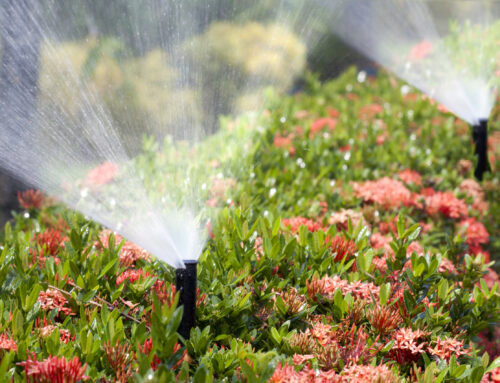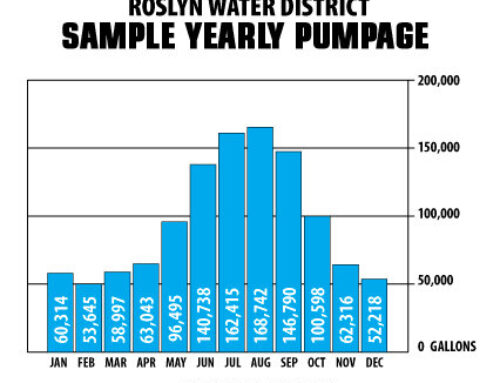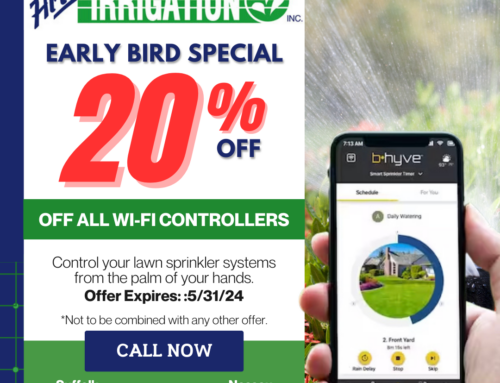A proper watering schedule is the best way to ensure a healthy lawn. Too much or too little water can lead to brown spots and fungus, neither of which is pretty to look at. Correct watering can be achieved by following these simple steps.
The Basics
While rainfall usually provides enough water to hydrate our lawns, there are times when supplemental watering is needed. Long Island summers can be filled with long, excessively hot days and periods of little to no rain. Droughts lead to dry, brittle grass that can quickly turn brown and lifeless.
Watering 101
There are some simple steps that homeowners can follow to ensure their lawns will be properly hydrated. The first key to watering is to make sure your lawn is watered deeply and infrequently. Your lawn needs 1 to 1 ½ inches of water per week. A typical in-ground sprinkler system provides ½” of watering, per zone, in a half an hour. This would mean that you need to run each zone of your sprinkler system for 30 minutes, 3 times a week to sufficiently hydrate your lawn. The length of time that it takes for your lawn to get that much water depends on the output of your sprinkler heads. To measure for yourself, put an empty 1” tuna can on your lawn in the path of your sprinkler. Run your sprinkler and see how long it takes for ½” of water to fill the can. It should take approximately 30 minutes. Move the tuna can to different parts of your yard and check how much water it has collected to ensure that you have even coverage from your sprinkler system.
When To Water
Once you have determined how long to run your sprinklers, you need to set your irrigation system’s automatic timer. The best time of day to water your lawn is between 6am and 10am. Watering at night can lead to fungus and mildew. And watering during the hottest part of the day causes much of the water to evaporate before it soaks into your soil. It is important to note that if you are not able to water at the ‘ideal’ time, you should still water your lawn! Some water is better than no water. Avoid watering your lawn every day. A healthy lawn has a deep root system, which can be thwarted by daily watering. Running your sprinklers too frequently causes shallow roots which are weaker and more prone to drying out. It is best to set your irrigation system to run every other to every three days.
Dormant or Dead?
During times of extended drought, it is okay to let your lawn go dormant and turn brown. Most lawns can handle prolonged dry conditions, and will usually bounce back once cooler temperatures and increased rainfall return. If you have decided to stop watering, or if a water restriction ordinance has been issued, try to limit foot traffic on your lawn. Dormant lawns cannot handle excessive trampling. If your lawn remains brown after you have resumed watering, you may need to look for other causes. Fungus, grubs and a number of other problems can mimic drought stress. Do some research yourself or feel free to call us. We will be happy to come take a look and help diagnose the issue.






